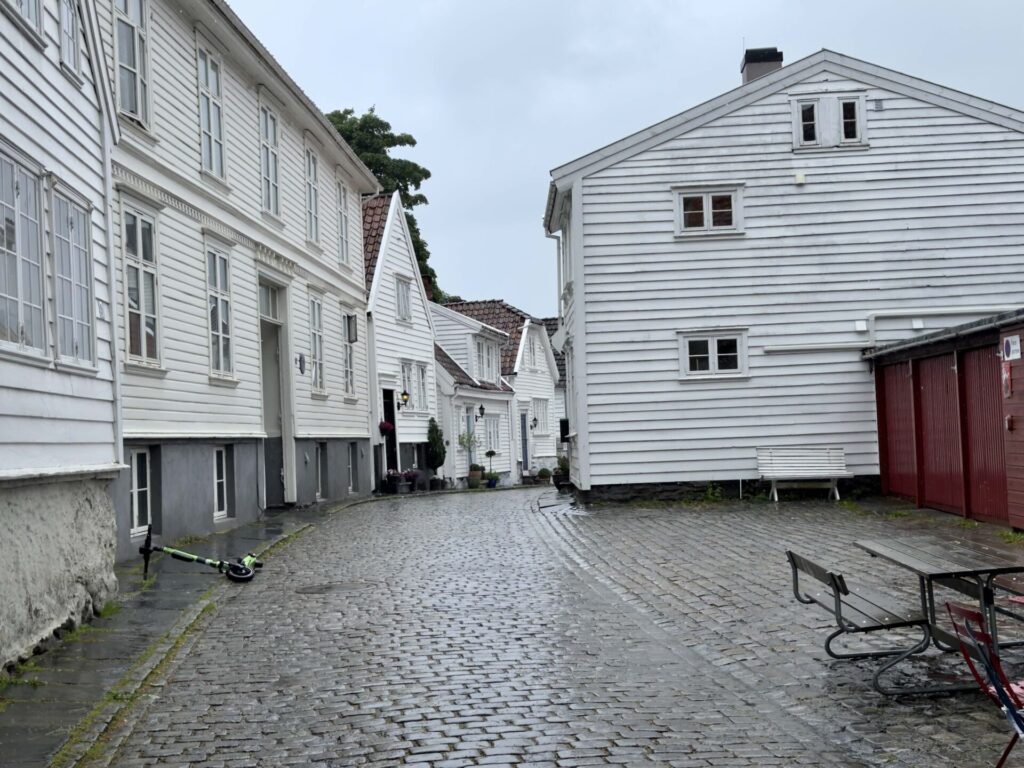
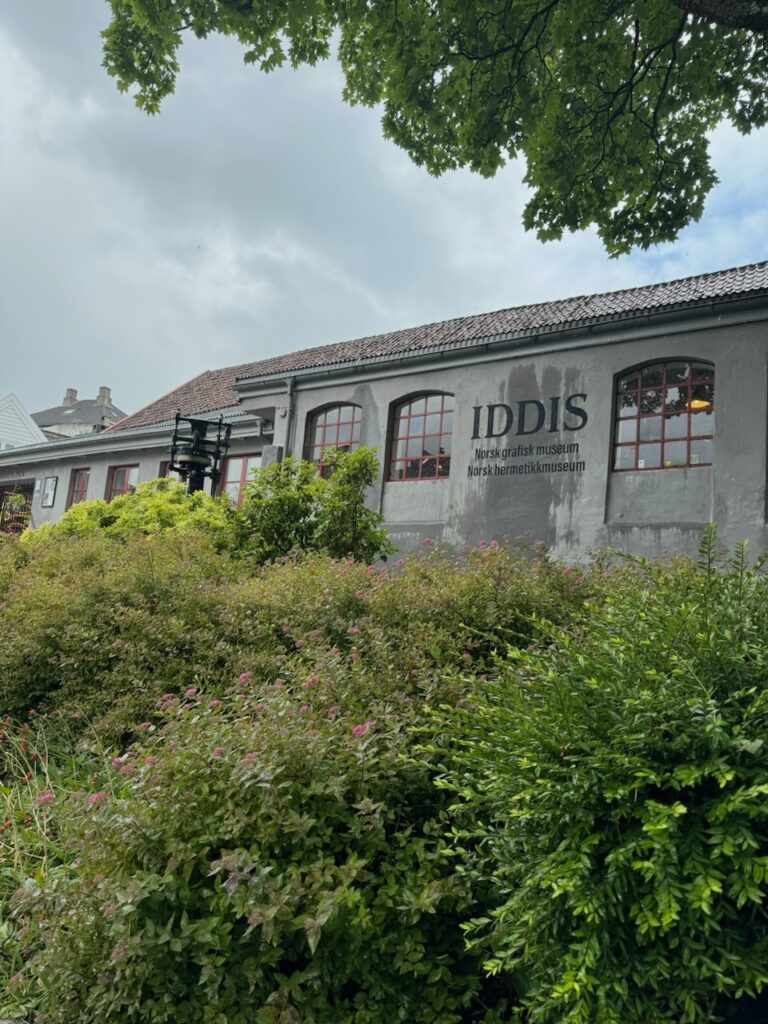
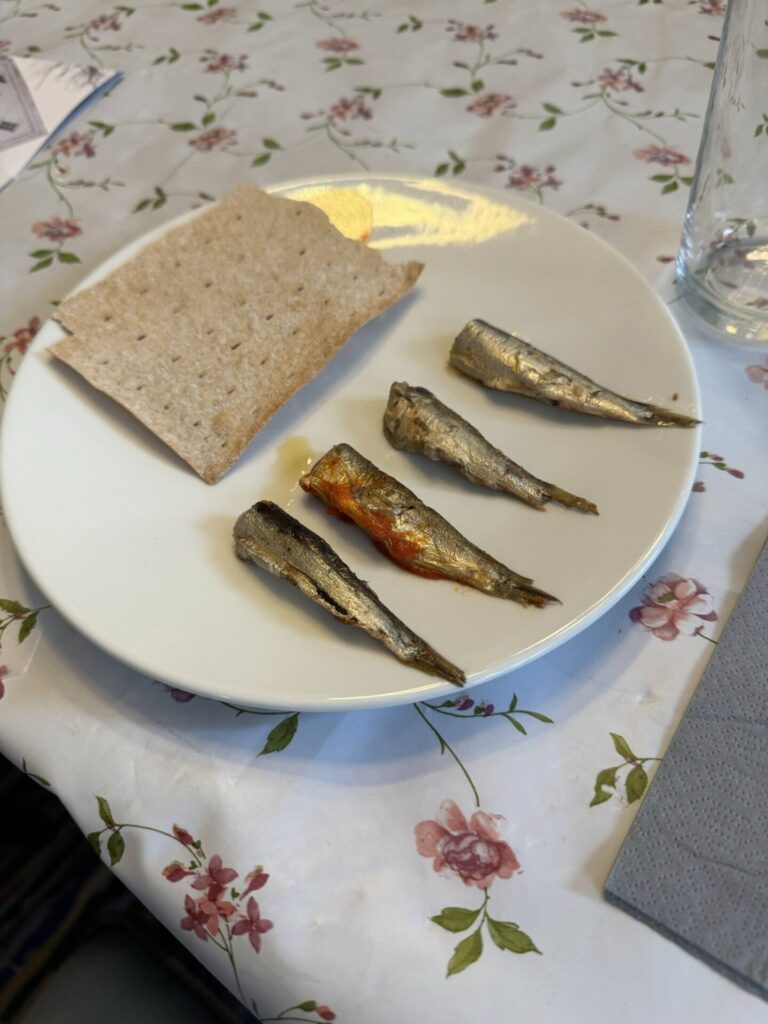
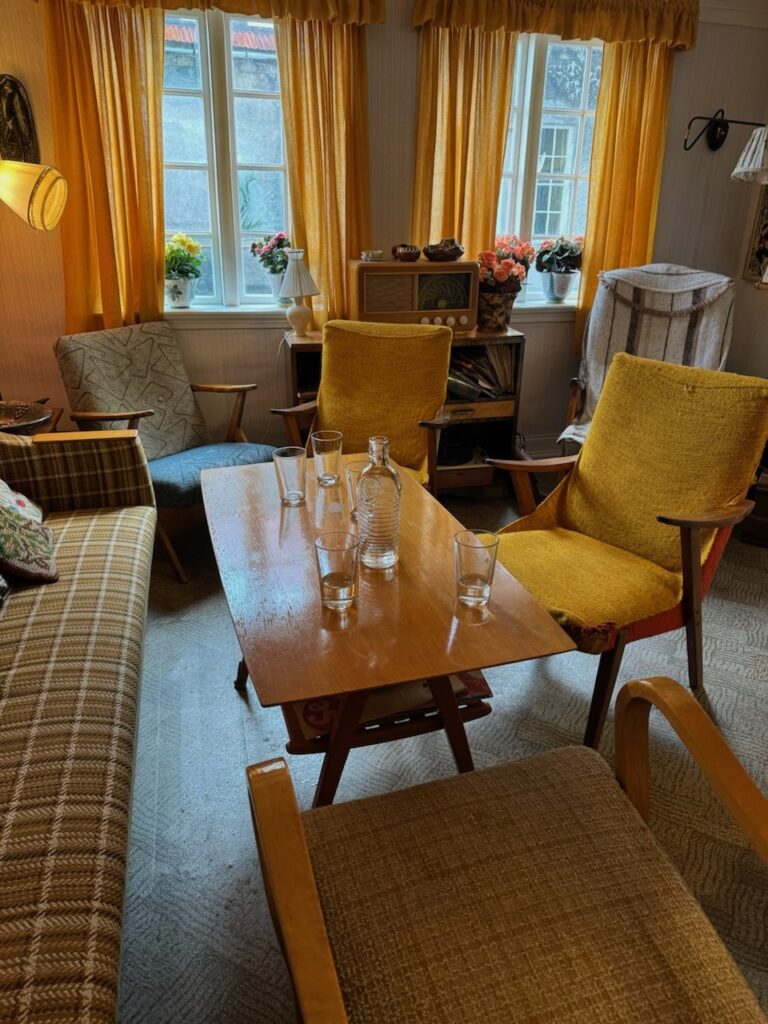
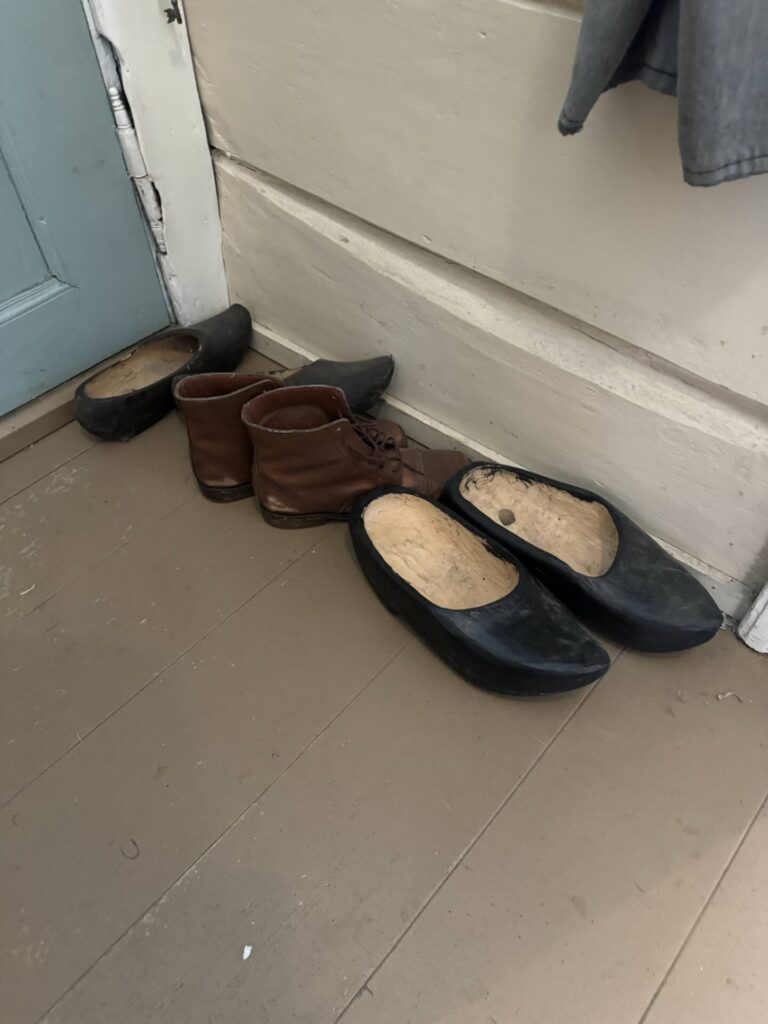
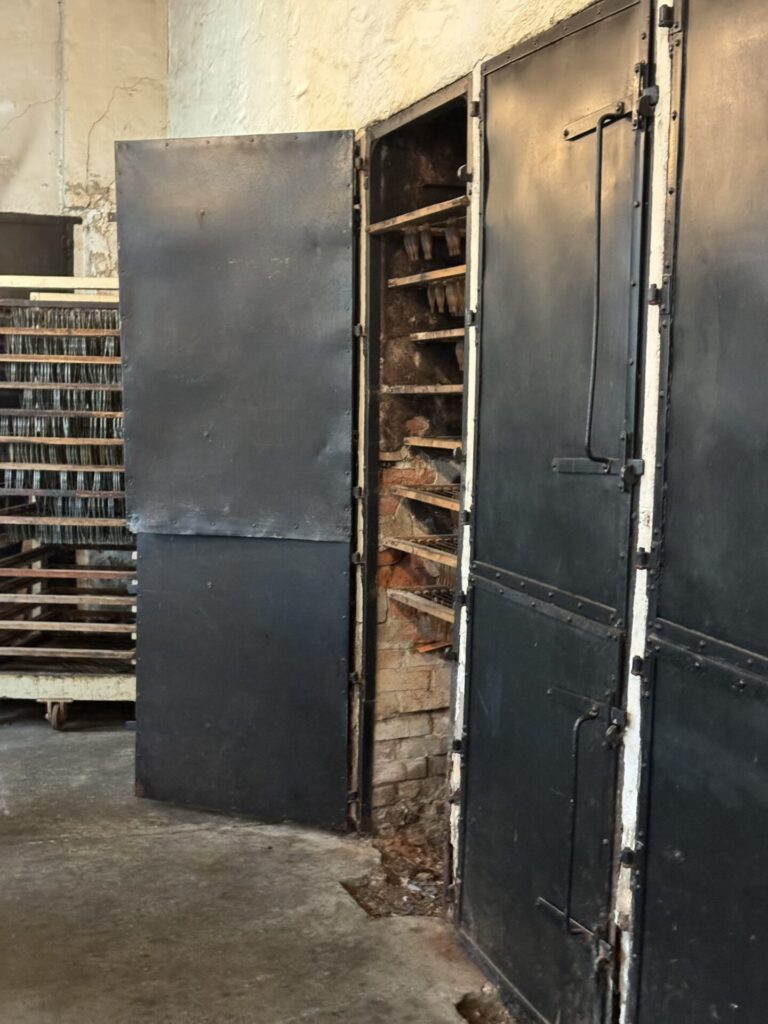
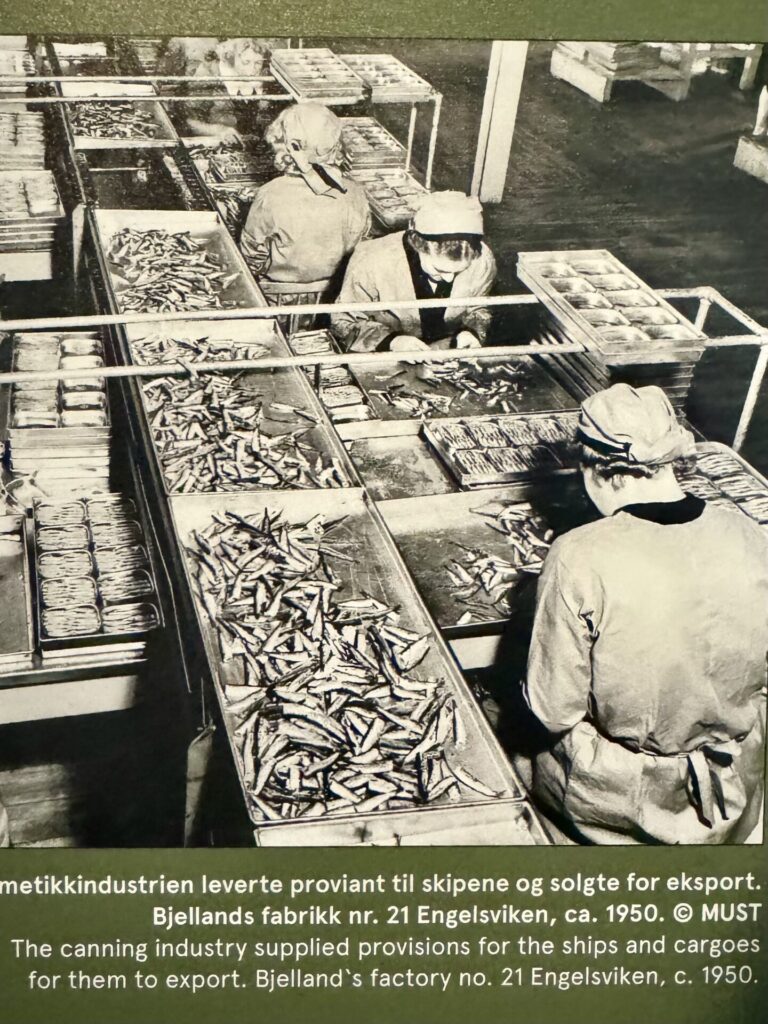
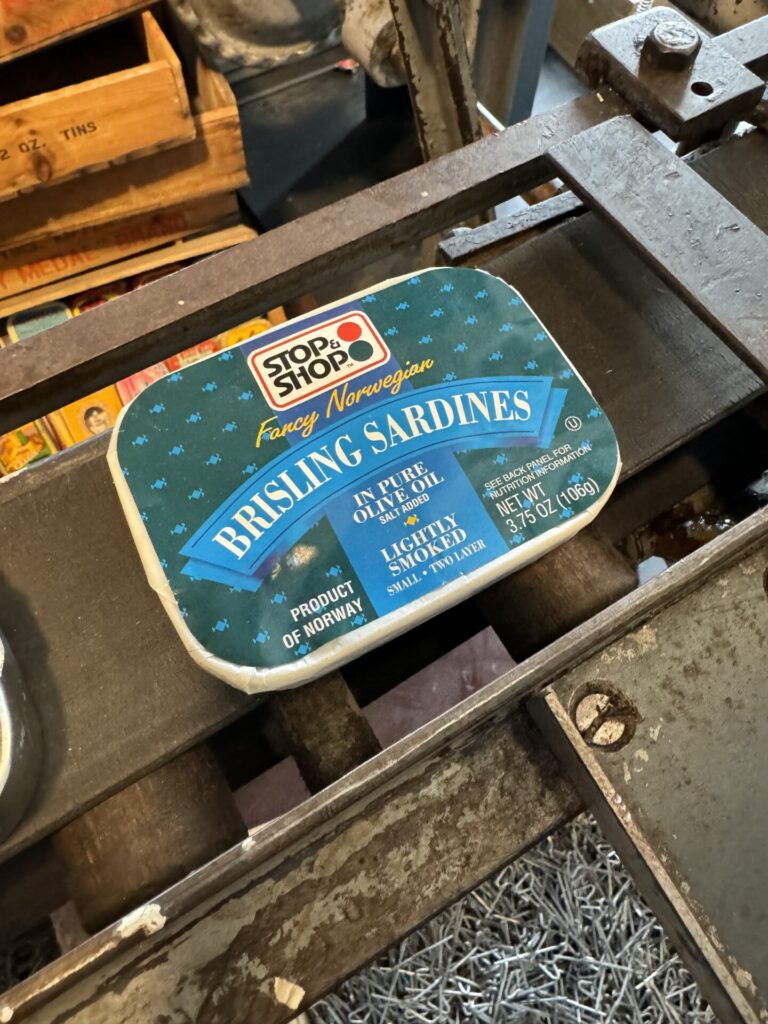
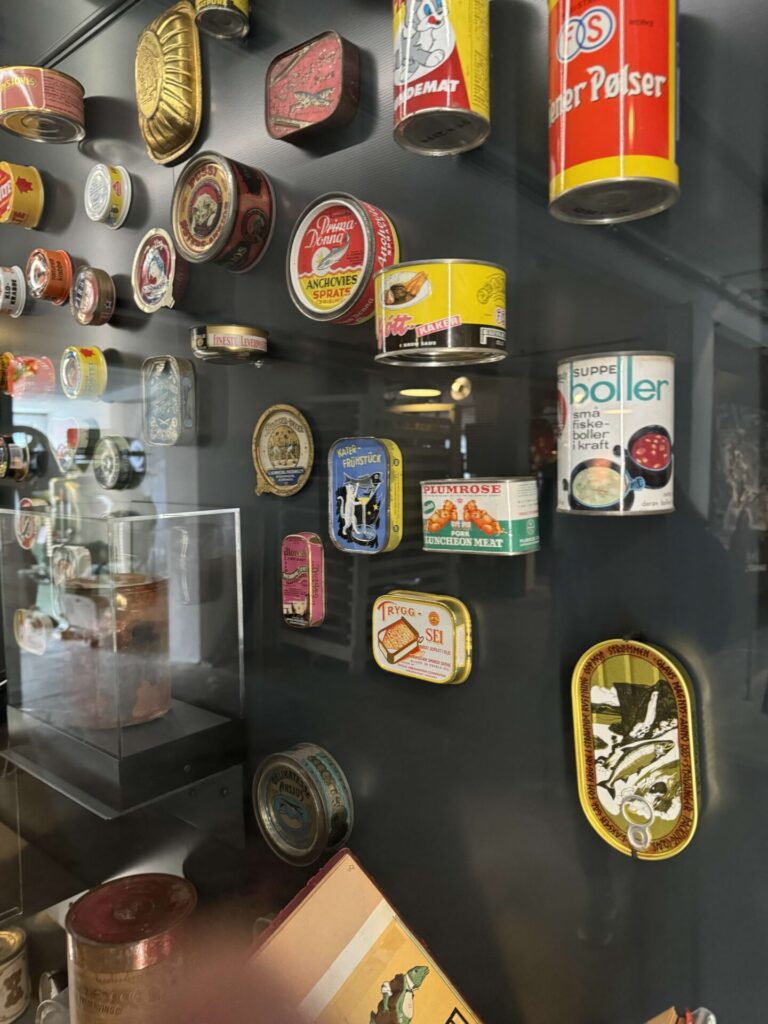
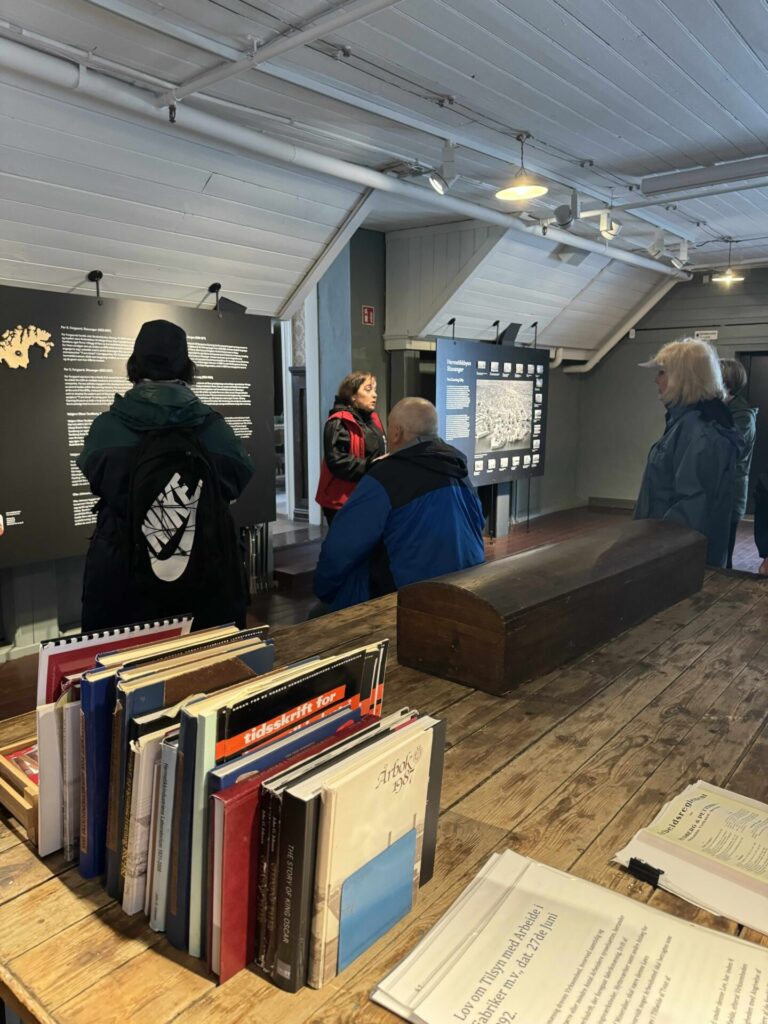
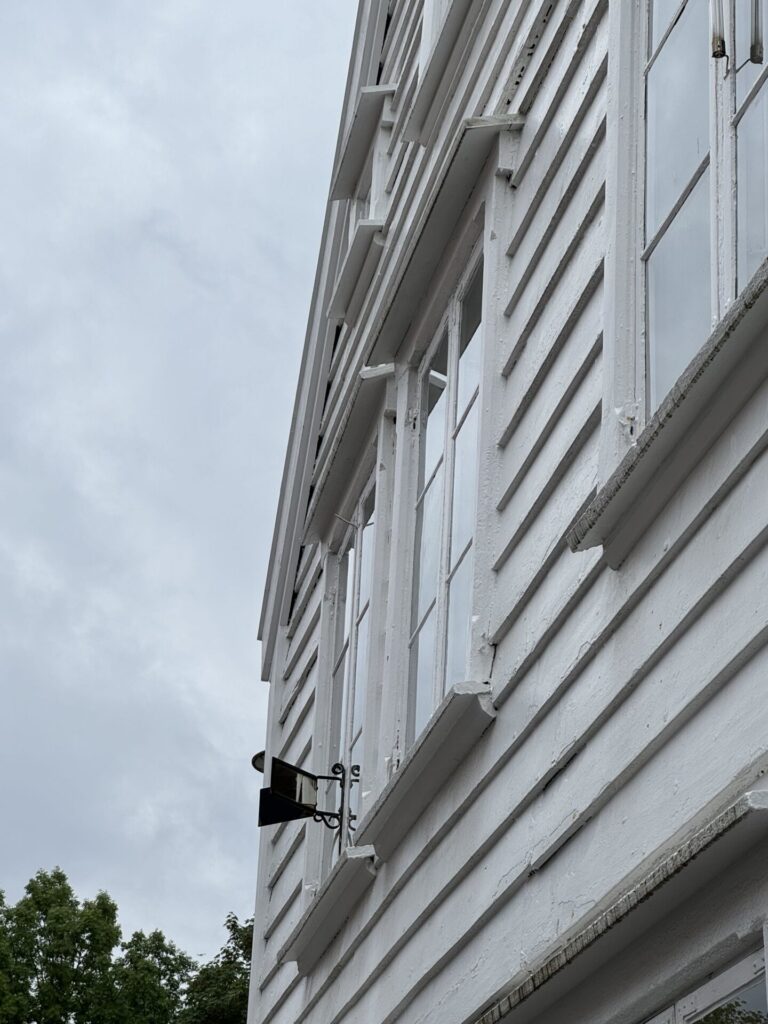
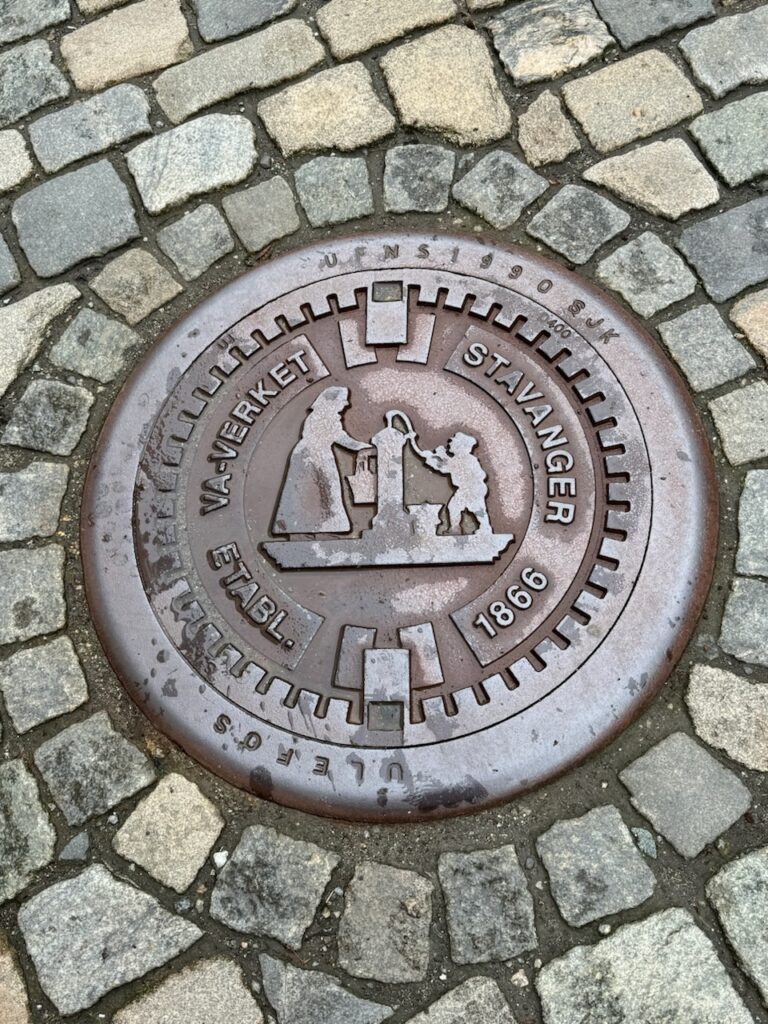
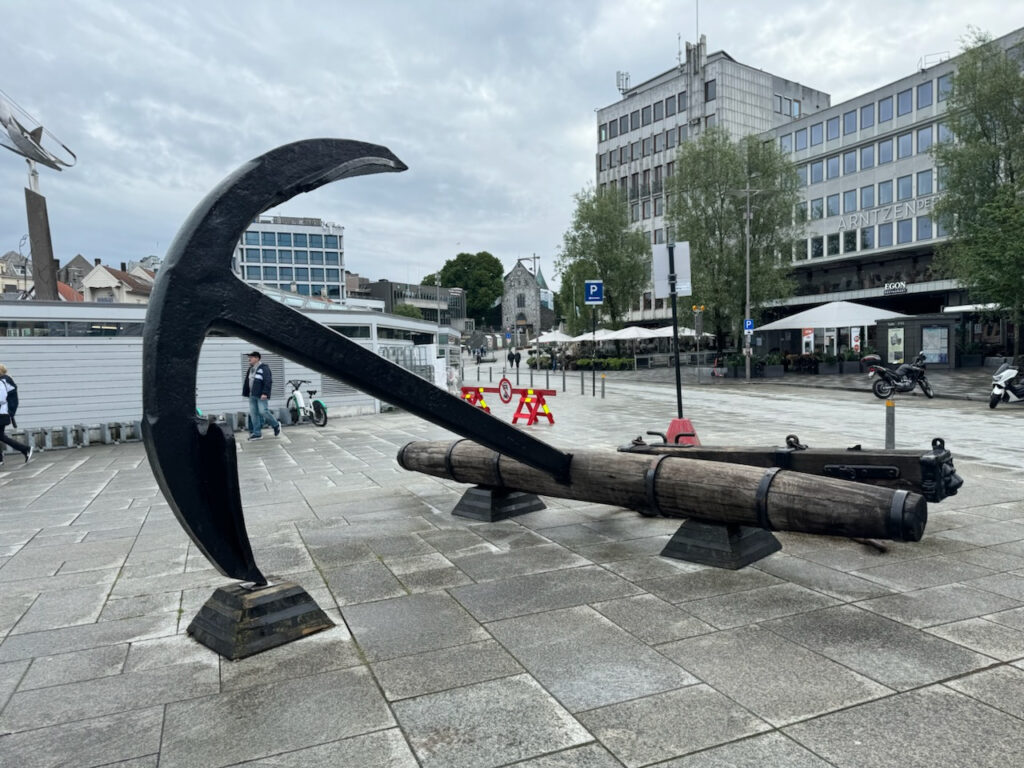
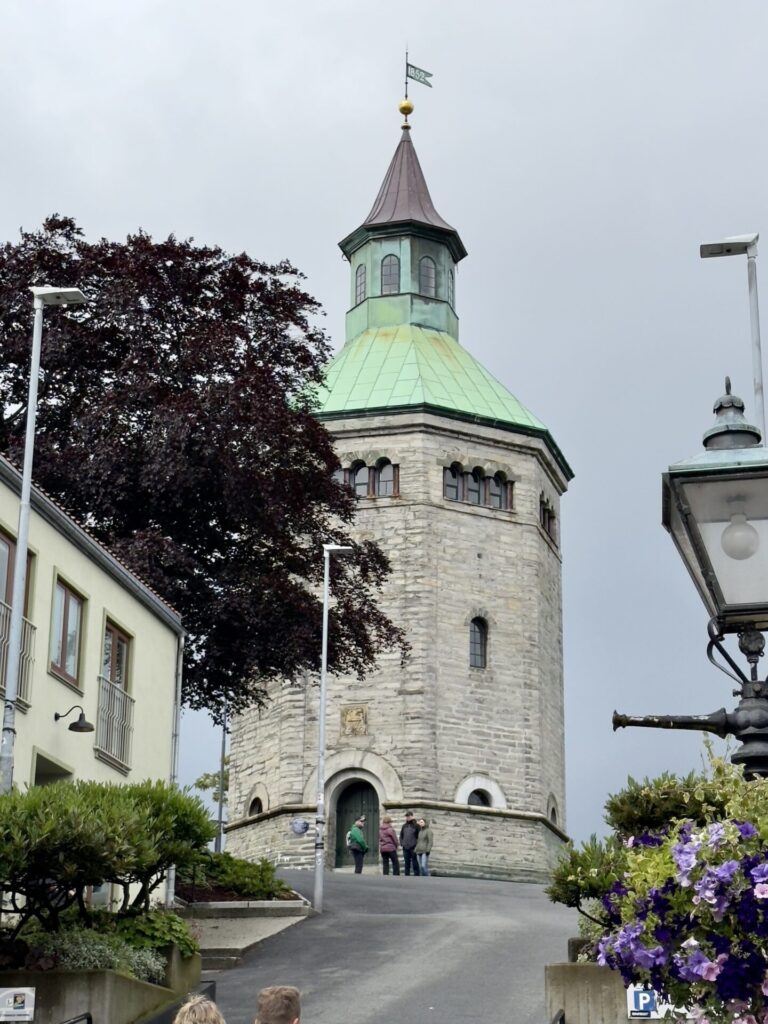
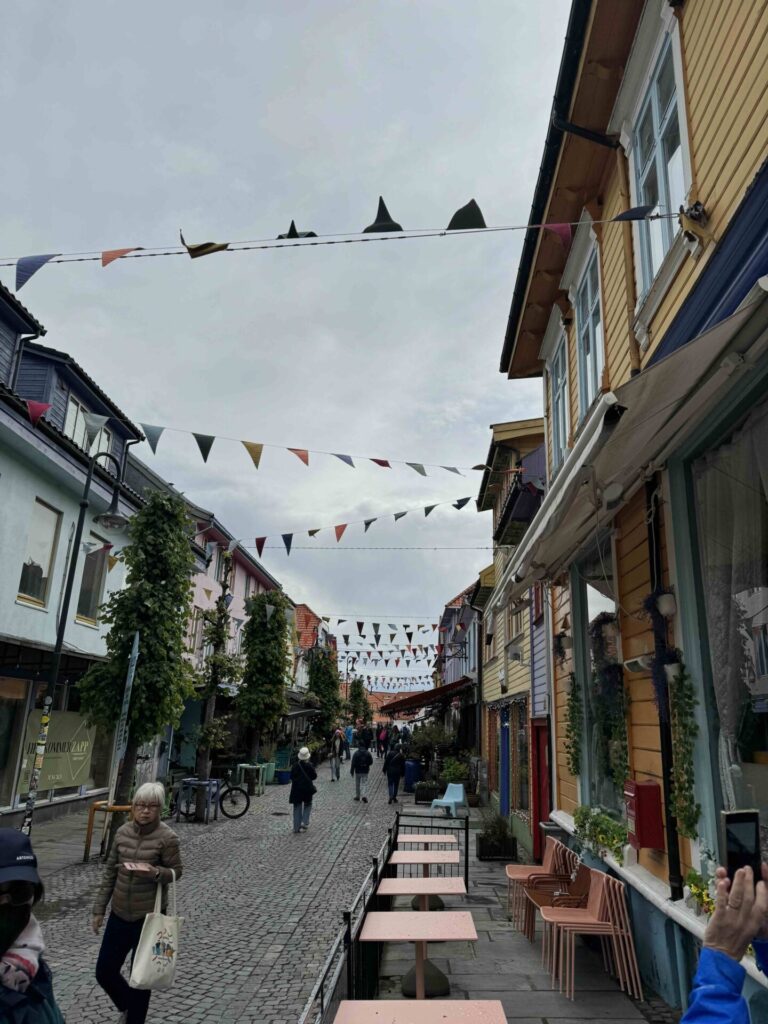
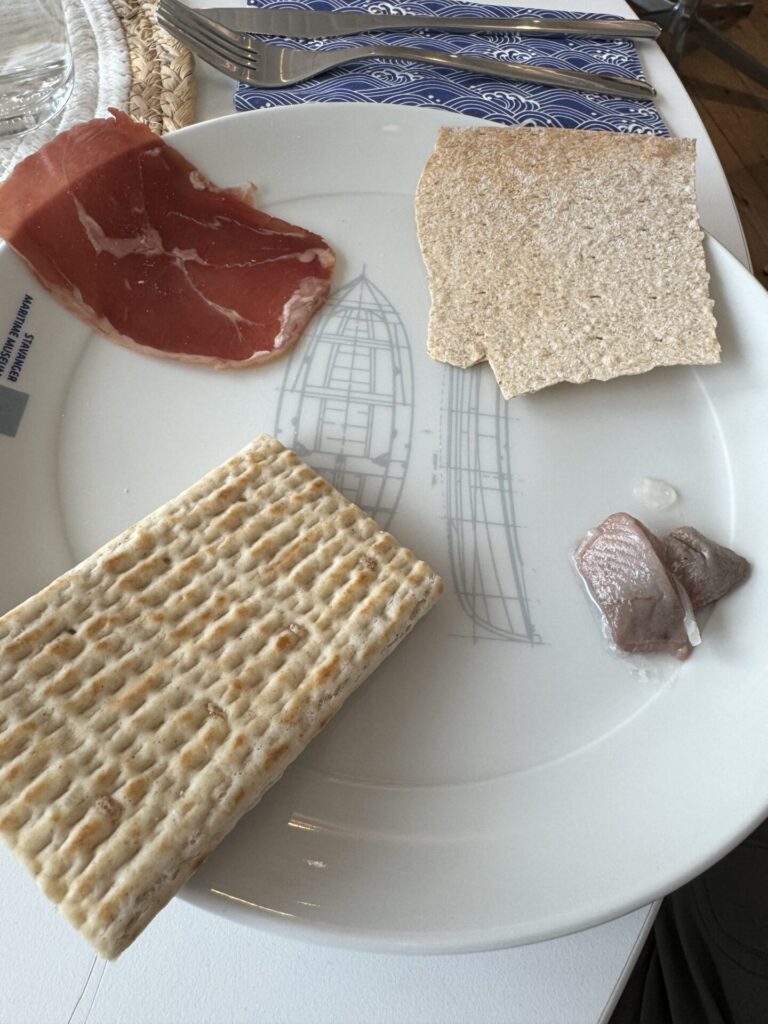
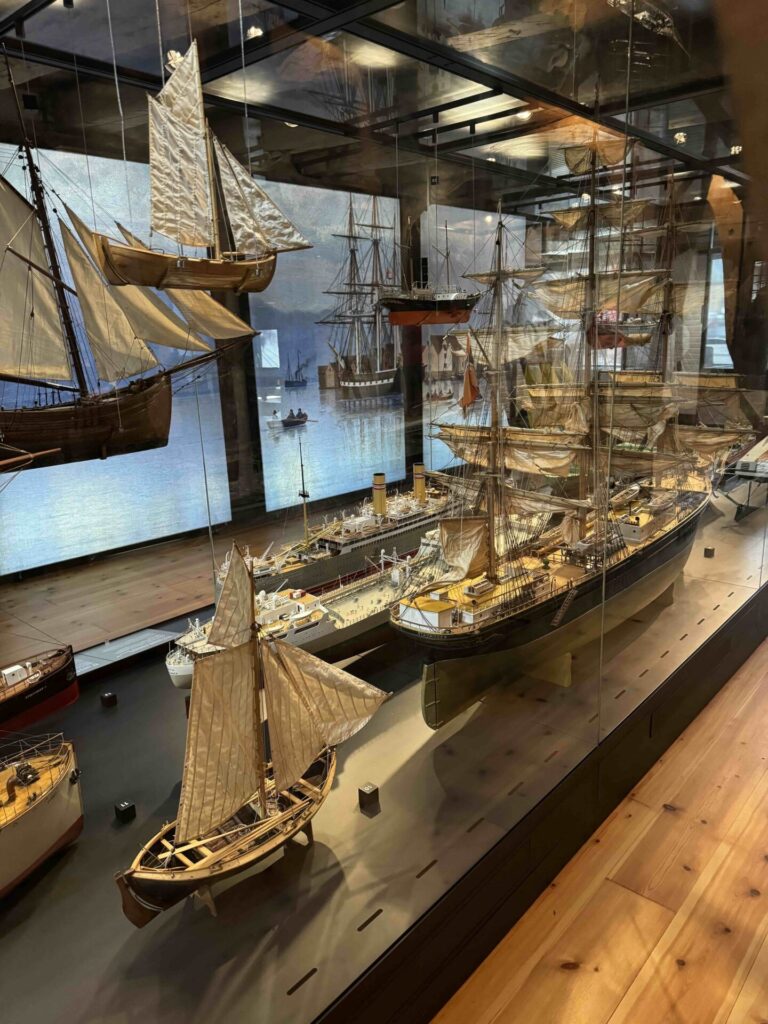
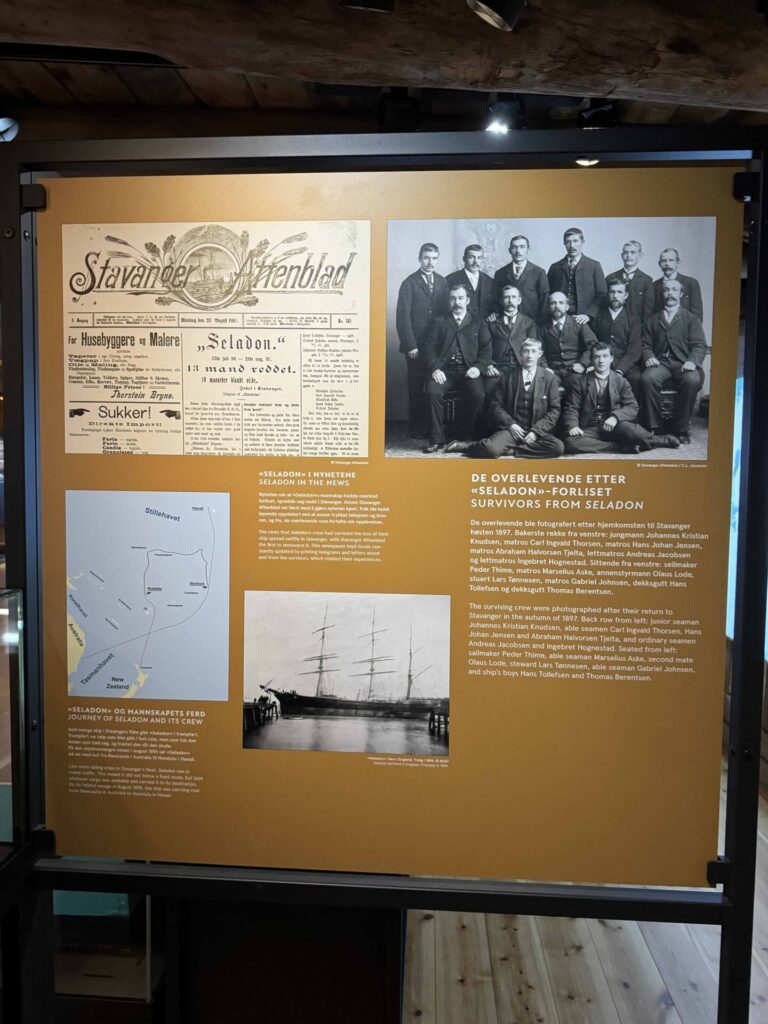
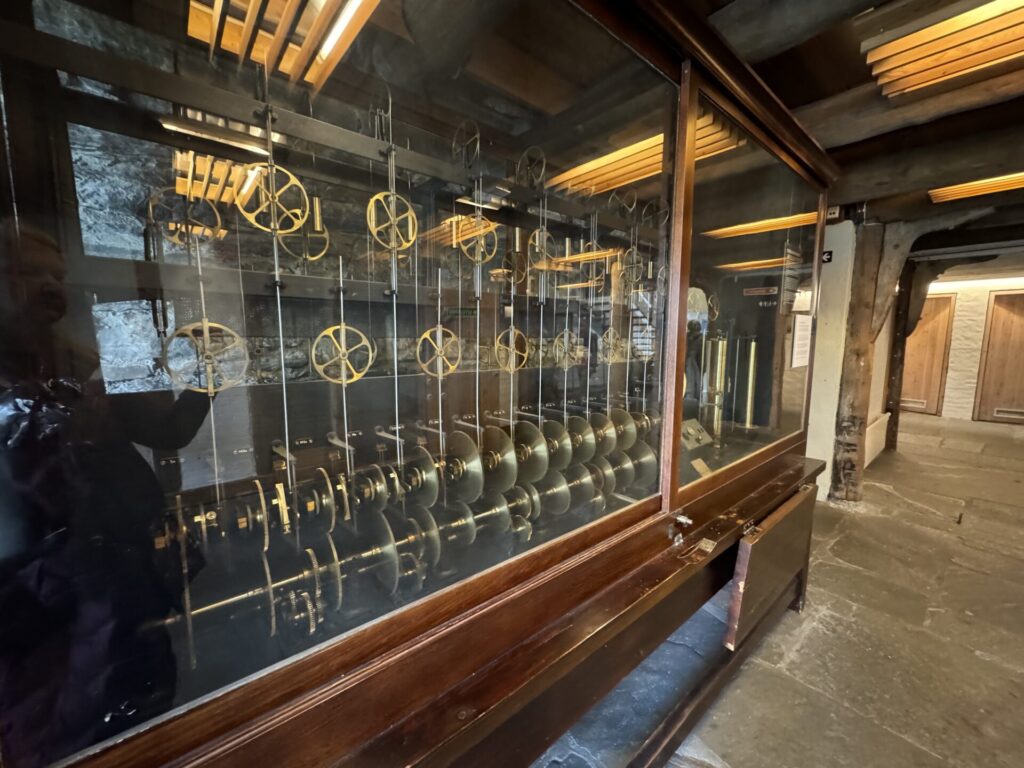
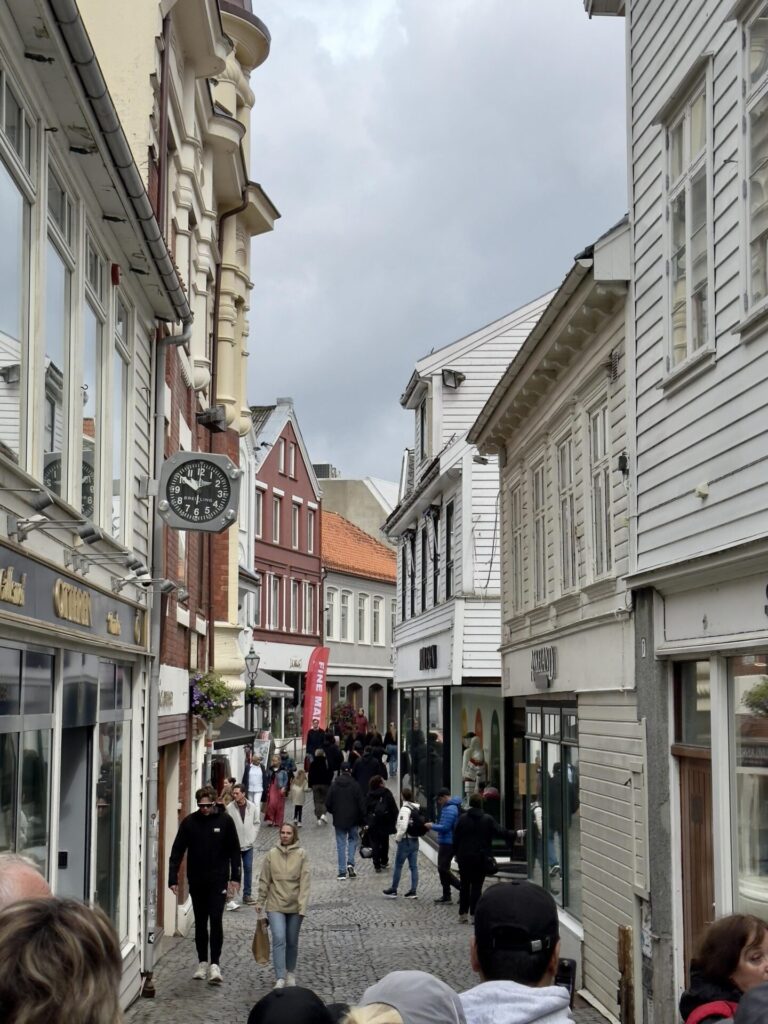
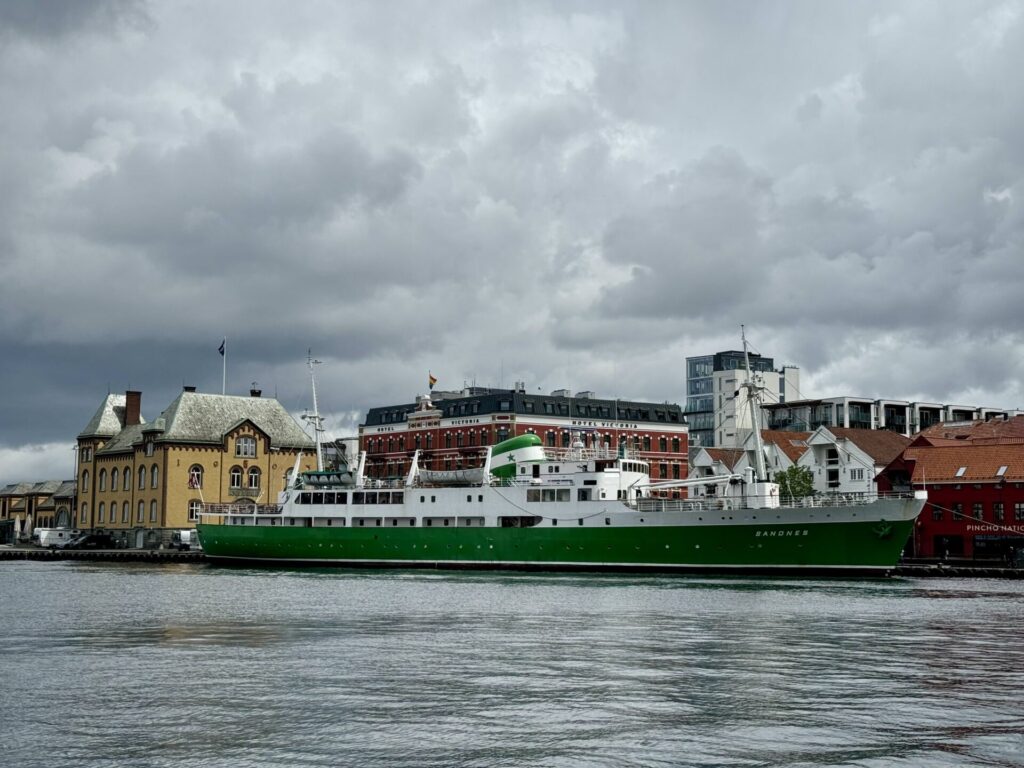
“Herring has come!” Was a cry heard along the waterfront of Stavanger, a coastal town in southwest Norway in 1808. It heralded an economic boom for the area. Suddenly potential workers flooded into this area that until then had been agricultural. Some even moved their houses from their farms to the growing community on the waterfront that packing and shipping herring. The area flourished for decades but then was hit with economic disaster when the herring no longer came in 1870. Within ten years though the community turned to the new industry of canning. We heard the stories as we walked through the historic district of Gamle Stavanger on a Taste of Stavanger walking tour on our way to the Iddis Norwegian Canning Museum. We started our museum visit with a sardines tasting in No 90, a home built in 1836 for blacksmith Peder Peterson Thilo that has been restored to reflect life in Stavanger in the 1920s and the 1960s. From there we toured the first canning factory in what became the canning capital of Norway with 60 factories employing thirty-thousand workers. We learned a lot about how they went about smoking and canning fish and of the innovations developed here. Among the tidbits we learned was that an international court awarded France an exclusive right to market “Sardines in Olive Oil”. Other countries may pack their sardines in olive oil but must label the product some other way such as “Norwegian Bristling Sardines in Olive Oil”. Also the term “sardines” refers to a method of packing, not to a type of fish. Once back out on the streets we learned a bit about King Haakon VII, about author and favorite son Alexander Kielland, about a great fire in 1860 that led to wider streets and an improved fire tower, about how a scandal led to the founding of the local church, about Stavanger as the major port for Norwegian emigration, and a brief history of the Colorful Street before visiting the Stavanger Maritime Museum, starting with a tasting of some more local foods. Soon we were alotted a little time to peruse the galleries of the museum. We must have lingered a little too long learning about the ships and sailors of the area for when we made our way back downstairs our tour group had departed. Luckily we were only a short walk from the ship and quite willing to walk back at our own pace.









0 Comments